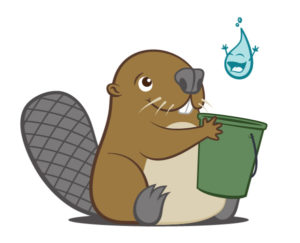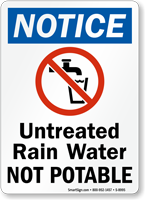
Don’t drink your rainwater until it’s been treated!
In the midst of the madness of the COVID-19 pandemic, we have been experiencing unusually stormy weather in San Diego, with over 4 inches of rainfall so far this month (compared to 2.2 inches average for March). For many people, the weather may feel gloomy but here at Catching H2O, we recognize this rainfall as a blessing and a gift, ESPECIALLY given the situation we find ourselves in. Many folks have concerns about the continued availability of resources, including safe drinking water. Furthermore, many of us (myself included) have taken this moment as the perfect time to re-plant the veggie beds in our yards so we have a reliable source of healthy greens. We are all concerned about the financial markets, and everyone is working to reduce their cost of living — which includes our water bills.
What better time to be using captured rainwater — to both reduce our water bills for outdoor irrigation, grow food, AND have a source of emergency drinking water, which is the main subject of this post!
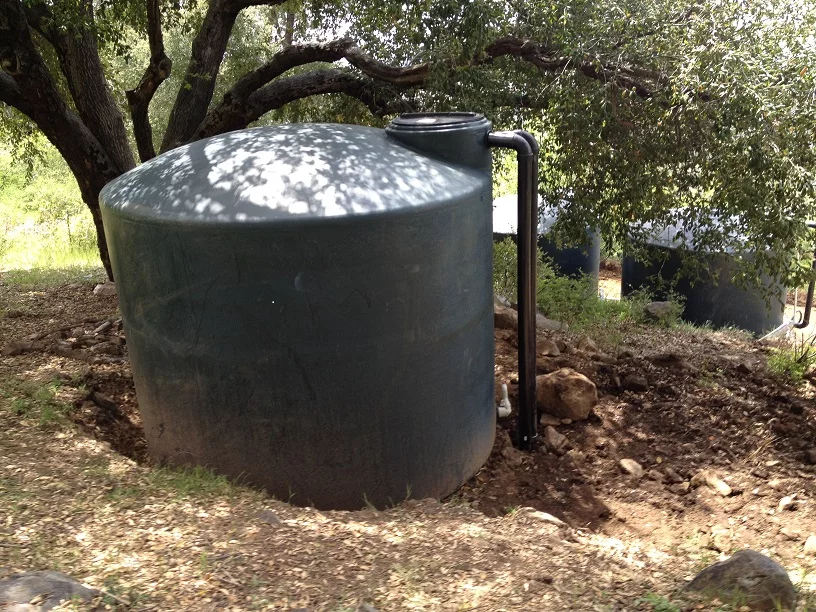
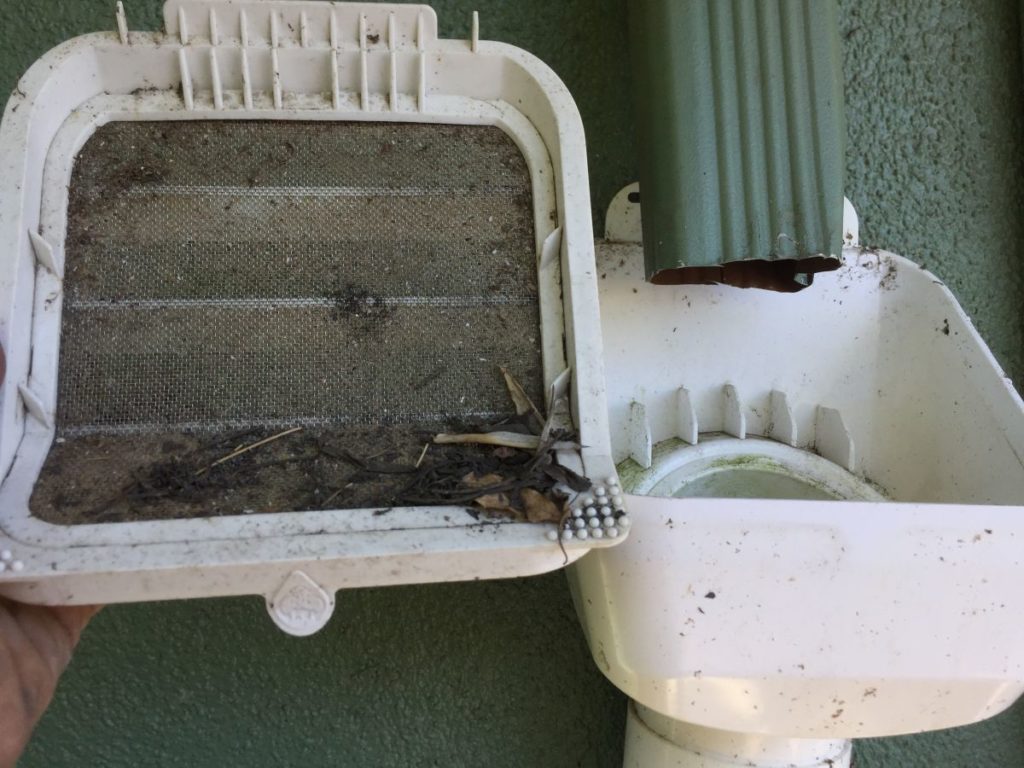
All of the rainwater systems we install include tanks that are rated for potable water storage, are BPA-free and UV resistant to prevent algal growth AND have additional safeguards, including debris excluder filters as the minimum pre-filtration. This water can be stored indefinitely and used for irrigation of both decorative and food plants.
The next steps for drinking water are: 1. to remove fine sediments, and 2. to disinfect the water so it is free of bacteria, viruses, and protozoa.
There are plenty of low tech options out there to get your rainwater to drinking quality if needed. Solar disinfection can be used if no other materials are available, and may require filtration if the water is turbid.
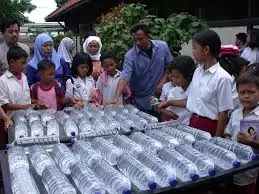
Solar disinfection relies on solar heat and solar UV — this is used in 3rd world countries
Filtration
Look for a product that meets the NSF/ANSI standards of 42 and 53 — this means that it is certified for reduction of chlorine taste and odor (standard 42) and for reduction of lead, chromium (Hexavalent) and mercury (standard 53). Although NSF/ANSI 42 may not be relevant to rainwater collection, these standards go hand in hand and this ensures you are filtering out heavy metals. (Note here that boiling does disinfect but won’t remove organic material or heavy metals.)
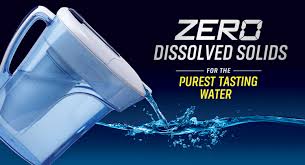
There are two basic options for this step — a backpacking filter, such as Sawyer (also used extensively in 3rd world countries) or a pitcher filter, similar to Brita but removing more sediment. The Zero Water filter is a great option in this category.
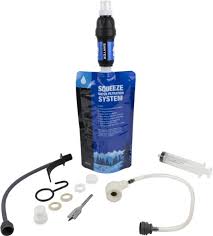
Realistically, if you have used backpacking filters and treated quite dirty water, you will appreciate that either the Sawyer or the Zero filter is perfectly adequate and I myself have enjoyed our house rainwater stores with both filters. However, to be as safe as possible, full disinfection is a great idea, especially in these times when all of us want to stay healthy.
Disinfection
After filtering we suggest the disinfectant chlorine dioxide, which is approved by the CDC. The beauty of chlorine dioxide is that it disinfects at a concentration that is both safe for drinking and irrigating plants unlike other disinfectants such as bleach.
Although chlorine dioxide is not the official approved method for treating rainwater for drinking, the EPA recognizes chlorine dioxide use as a drinking water disinfectant, and it is included in the World Health Organization’s (WHO) Guidelines for Drinking-water Quality. Chlorine dioxide is a more effective disinfectant and oxidizer than chlorine bleach (sodium hyochlorite) and works over a wider pH range. AND chlorine dioxide is available in easy packaging for dosing — just add some drops of solution to your filtered water pitcher.
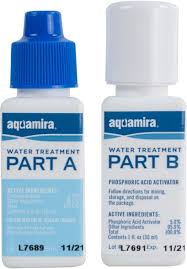
Chlorine dioxide is available from Aquamira in these handy dropper bottles for backpacking or emergency use!
While there are many simple, low cost, and effective solutions to filtering and disinfecting your rainwater, the best long-term/permanent (and officially approved approach) is to set up filtration down to less than 5 micron (may include carbon filter), and UV disinfection. CatchingH2O has set up simple drinking water stations for some of our clients using this approach. The drawback to this approach is that it requires a pump, and many of our clients have gravity systems.
In these uncertain times, having our basic needs met is critical to ensuring we can stay calm and consider how we might support our wider community. Please reach out to us if you are interested in rainwater storage, or greywater reuse. We offer consultations, DIY support, Educational seminars, and full installation.
